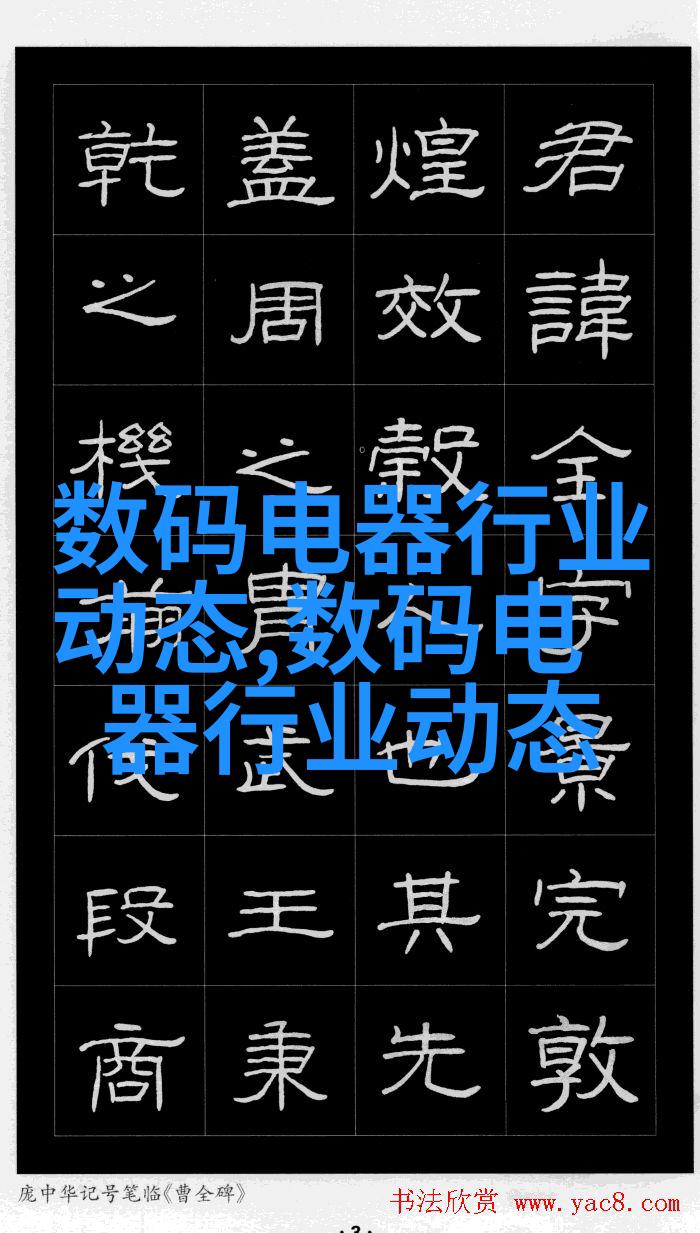乱堆填料与规整filler材料成本对比考察
随着城市化进程的加快,工程建设项目越来越多,各种类型的填料需求也日益增加。乱堆填料和规整filler是两种常见的填充材料,它们在建筑、道路、水利等工程中的应用各有特点。本文将从成本角度出发,对这两种填料进行深入分析,以期为工程选用提供参考。

乱堆填料与规整filler材料成本对比考察概述
乱堆填料和规整filler在建筑和土木工程中扮演着重要角色,它们分别以不同的形式存在。乱堆填料指的是没有经过精细筛分处理的粗糙碎石或沙土,而规整filler则是经过精细筛分后的细粒径物质。两者的使用范围不同,但都可以作为基层或基础层的一部分。

乱堆填料特性及其成本影响因素
1. 成本优势

乱堆填料由于不需要额外加工,因此其生产成本相较于规整filler要低廉。这使得它成为许多小型工程及紧急修复工作中的首选选择。但这种经济性可能会因为施工效率降低而受到限制,因为需要更多人力去清理杂质和碎屑。
2. 施工难度与时间消耗

虽然乱堆fills能够节省初期投资,但其施工过程通常更为复杂,需要更多的人力资源去清理现场,并且可能会导致后续维护工作更加困难。此外,由于混凝土配方要求严格,这意味着必须额外投入时间用于质量控制,从而增加了整个项目的总体成本。
3. 环境影响与生态承载能力

随着环保意识增强,对环境影响更大的项目开始寻求绿色解决方案。乱堆fills由于含有大量未经处理的小颗粒,有可能对周围环境造成污染并破坏生态平衡。而高品质rules filler减少了这些潜在负面作用,使其成为了长远考虑下的更优选择。
规整Fillers特性及其成本优势分析
1. 高品质保证与耐久性能提升
通过精心筛分得到的rules filler具有均匀尺寸分布,这对于提高混凝土结构强度至关重要。在某些关键结构件,如桥梁或者大型商业楼宇中,高品质materials往往被视为保障安全性的关键因素之一。这就使得使用rules filler变得尤为必要,不仅能显著提高结构寿命,还能降低未来维护费用。
2. 施工效率提升 & 后续管理简化
由於規定好的size distribution,可以直接應用於建築基礎與路面層建造,這種一致性的material減少了construction site上的混亂情況,大幅提升了劳动效率。此外,由於規定的大小可以确保最佳配合,所以後續對mix design 的调整較少,从而简化后续管理流程。
3. 长期经济效果评估
尽管初始投资较高,但基于长期观点看待,其稳定的性能、高强度以及延长使用寿命最终会带来显著经济回报。例如,一座桥梁如果使用high-quality fills material,则即便年限超过设计标准,其仍然保持良好状态不会引起用户担忧,并且减少潜在事故风险,使得企业获得正面的社会声誉,同时避免巨额修缮费用。在一些行业中,被认为是一种可持续发展战略手段。
结论:全面考量乱heap fills and rules fillers之間差異
当考虑到整个生命周期时,无论是在短期内还是长远看待,我们发现那技术上规范化处理过的fills materials(如rule-fill)虽然初步价格较高但实际上却给予我们一个非常坚固、持久耐用的结果;反之,那些不受约束地放置在场地上的非规范材料(如rual heap-fills)虽然开支较低但却导致施工难题、操作间隙问题以及潜在地威胁周边环境安全。此刻,我们不得不重新审视现有的building practice, 认真思考如何把握这个双刃剑般关系——既要追求短期内资金节约,又不能忽视全局最终目标所需实现真正意义上的“green”-sustainable development.
因此,在做决定之前应该权衡所有相关因素:包括but not limited to costs of production, construction time, long-term maintenance requirements and environmental impact considerations—so as to achieve the best balance for a given project's specific circumstances—a balance that will ultimately lead to increased efficiency and better overall performance in terms of structural durability and sustainability.
In conclusion, while initial investment may be higher with rule-fill materials (such as rule-fill), considering the life cycle cost analysis reveals that they offer numerous advantages over their non-regulated counterparts (such as rual heap-fills). The benefits include improved structural stability, reduced long-term maintenance needs, enhanced aesthetics through uniformity of particle size distribution; along with potential environmental benefits derived from lower levels of contamination risk associated with less particulate matter released into the environment during construction processes—and also contribute to a more sustainable building strategy by reducing waste generation throughout its lifecycle.
The decision between these two options should thus be based on an informed evaluation of all factors relevant to each particular project context: including but not limited to production costs at inception stage; time required for completion; ongoing upkeep requirements following project completion; plus any ecological consequences resulting from either choice made—thereby striking an optimal balance that optimizes efficiency while guaranteeing superior overall results regarding structure longevity & sustainability within broader eco-friendly frameworks.
So when making decisions about which type of fill material is appropriate for your next engineering endeavor remember: it's all about finding that perfect equilibrium between immediate financial savings versus longer term gains in both quality-of-life improvements through reduced future repair expenses alongside minimized negative impacts upon our shared natural world!
And now you know why choosing wisely amongst these two alternatives is crucial!






